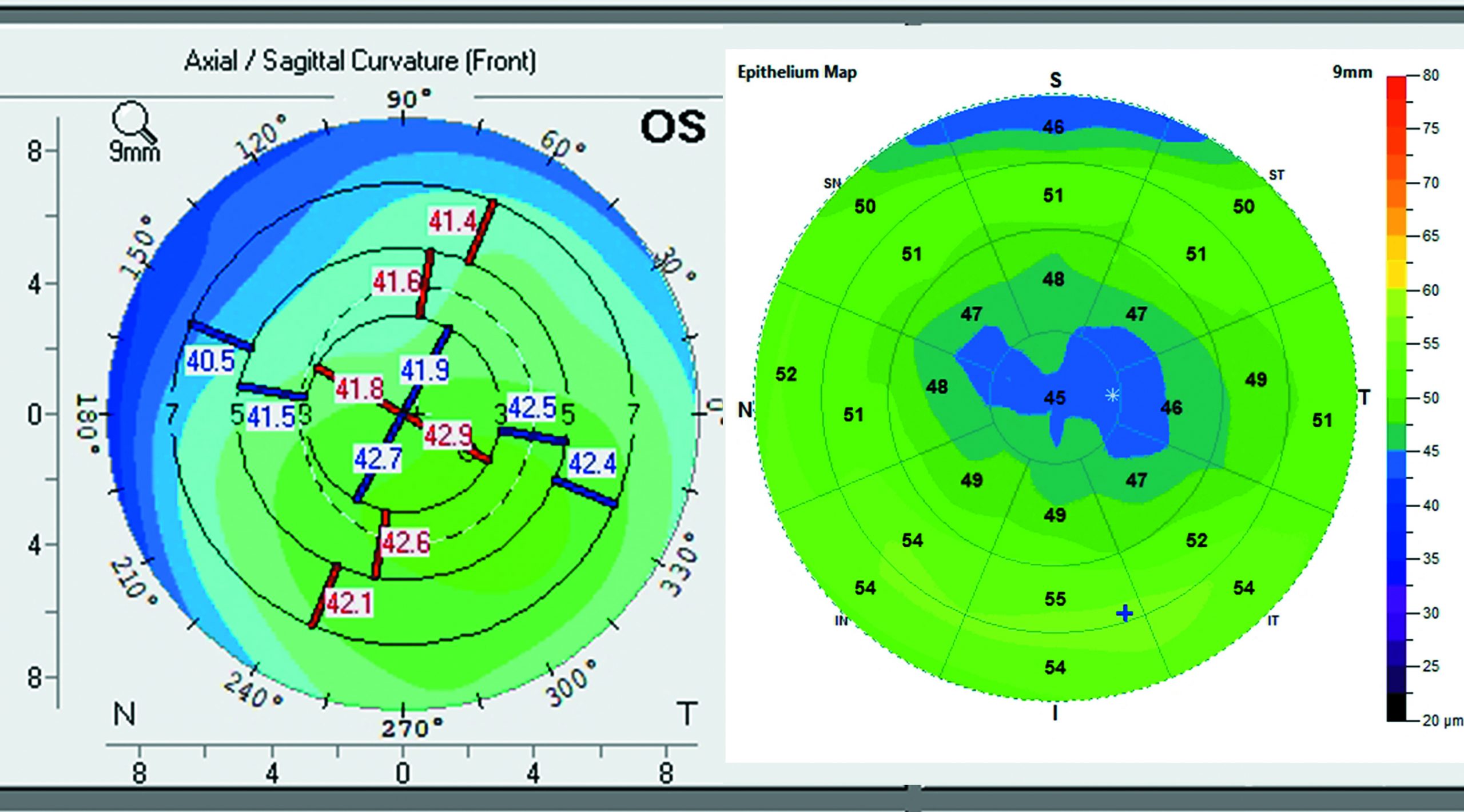Re-Evaluate Your Refractive Surgery Screening
Epithelial thickness mapping adds value for eligibility determinations and surgical planning. Cheryl Guttman Krader reports

Cheryl Guttman Krader
Published: Tuesday, August 31, 2021


Epithelial thickness mapping adds value for eligibility determinations and surgical planning. Cheryl Guttman Krader reports

Published: Tuesday, August 31, 2021

